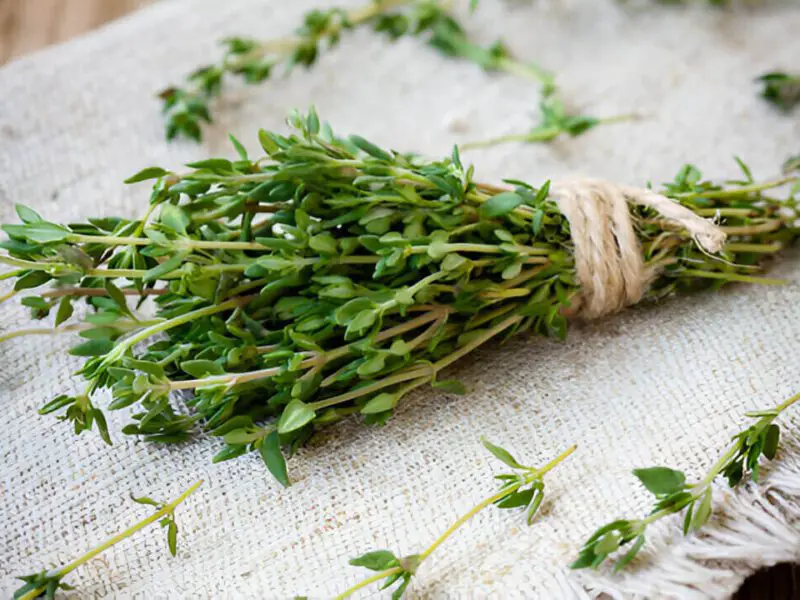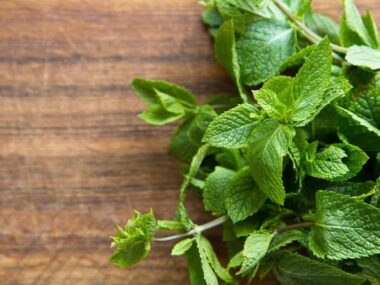When Life Gives You Lemons, But No Lemon Thyme.
I’m sure you’ve been there—excitedly pulling out all the ingredients to throw together your favorite summer pasta salad—only to discover, to your horror, that your lemon thyme supply has dried up. You futilely rummage through the herb section, hoping for a last-minute miracle, but alas, the shelves remain bare. Do you abandon ship and scrape the recipe entirely? Of course not—that’s what substitutes are for!
While nothing can truly replicate the bright citrusy pop of fresh lemon thyme, with a little experimentation, you can find suitable stand-ins to save any recipe from disaster. In this guide, we’ll break down several herb and spice swaps that can step in without totally throwing off the flavors you were going for.
So, don’t let a missing ingredient send your meal plans off the rails. Read on for our best lemon thyme substitutes that will have even the biggest lemon thyme lovers feeling less bitter. With a little help from these alternatives, you’ll learn that, when it comes to cooking, sometimes life gives you more than just lemons!
Best Lemon Thyme Substitutes
1. Thyme and Lemon Zest
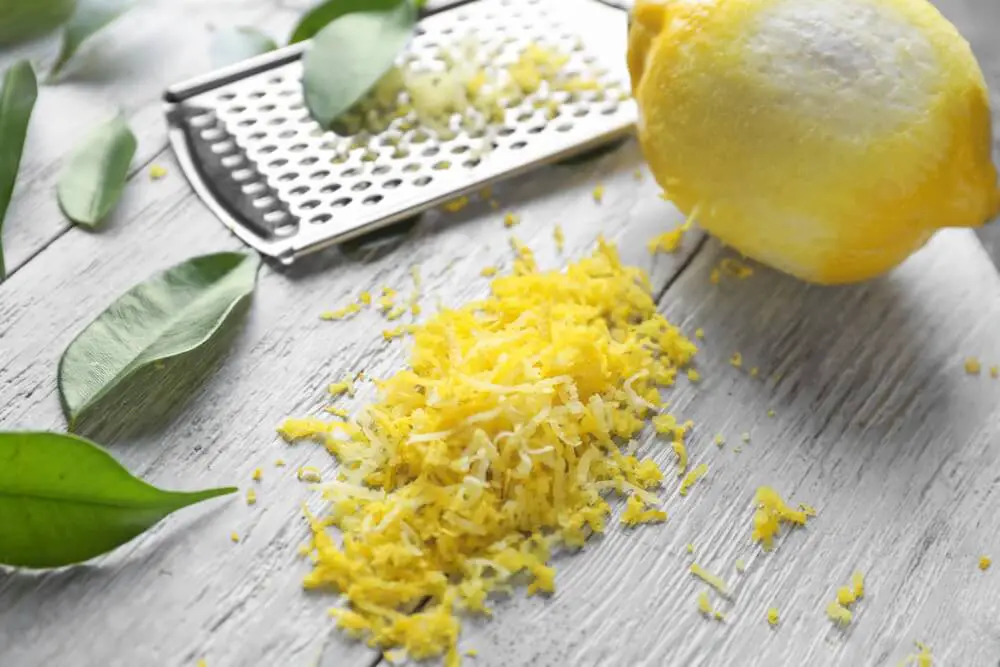
When it comes to easily accessible lemon thyme substitutes, this pair is hard to beat. While regular thyme alone won’t deliver that bright blast of citrus, when combined with lemon zest it comes surprisingly close to duplicating lemon thyme’s distinctive flavor.
Thyme is commonly stocked year-round in grocery stores, making it a reliable standby. Its woodsy notes meld beautifully with tangy lemon peel. For the zest, be sure to remove just the colored outermost part of the rind, avoiding the bitter white pith underneath.
The perfect balanced ratio we’ve found is 3 parts fresh thyme leaves to 1 part finely grated lemon zest. Feel free to adjust to your preference – if you want a stronger lemony punch, lean more heavily on the zest.
This thyme-zest mixture works wonders tossed with roasted or grilled proteins, fish, and vegetables. It also makes a lovely herb blend for stuffing or seasoning potatoes before baking. The combination adds brightness without overwhelming other ingredients.
2. Dried Lemon Thyme
While fresh is always best, the dried version of lemon thyme deserves some credit too. Stored properly in an airtight container, it maintains a good amount of flavor for months.
Dried lemon thyme has a more concentrated essence that makes up for the lack of freshness. Its oils are intensified, lending a big punch of bright lemoniness. A little goes a long way, so use about half the amount called for with fresh thyme.
This allows dried lemon thyme to stand in without overpowering other ingredients. It works especially well sprinkled over popcorn, mixed into compound butters or vinaigrettes. The tiny leaves also add tons of flavor to baked goods without altering the texture.
For cooking, simply add dried herb bundles toward the end of braising, sautéing or simmering times. This prevents heat from diminishing its potency too much.
While the dried version might not ooze fresh citrus vibes, its bold lemon zap will absolutely satisfy any craving in a pinch. So if fresh lemon thyme has taken a hike, reach for the dried with confidence instead.
3. Lemon Verbena
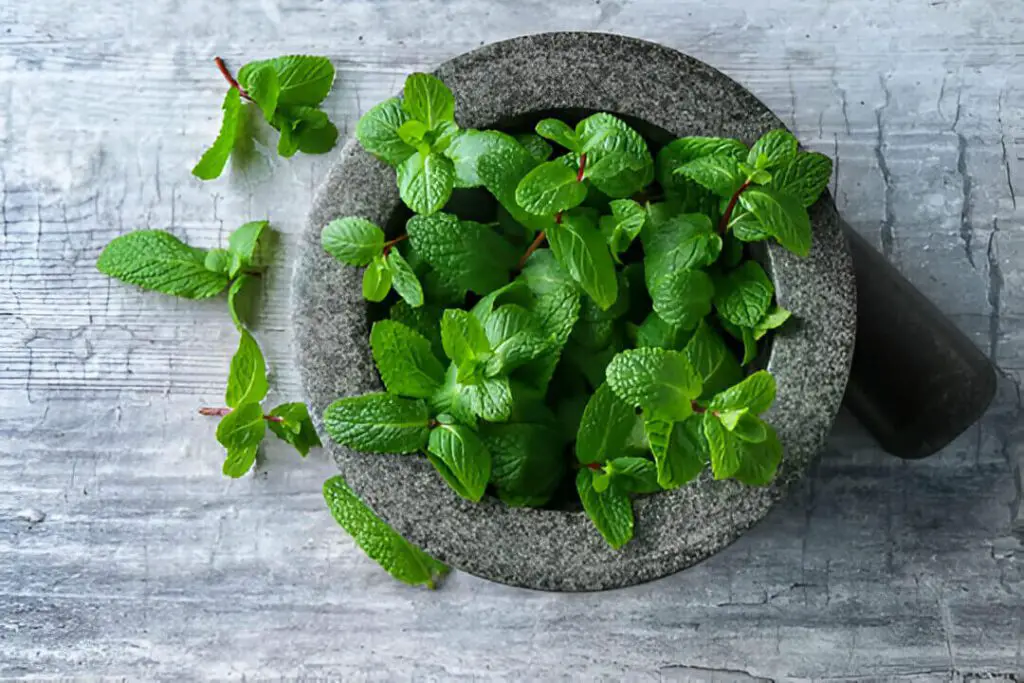
With its lemony aroma and pleasant herbaceous notes, lemon verbena makes a suitable stand-in for those craving lemon thyme’s essence. While the flavors aren’t identical, verbena’s bright citrus tones hit similar mood-lifting spots.
Like thyme, verbena is durable and maintains intensity during cooking. Use as you would bay leaves – add whole or chopped leaves to sauces, soups, and braises and remove before serving. Its mild lemon tones balance rich meats and seafood.
Where verbena differs is its stronger lemon perfume. One might assume doubling the amount used would compensate, but that’s a recipe for disaster – the perfume can easily overwhelm.
For best results, use about half the quantity called for in lemon thyme recipes. Also add zest from half a lemon per batch. This well-rounded combo harmonizes verbena’s punchy scent into a subtler but satisfying citrus note.
Don’t discount lemon verbena as a solution just because it’s not a direct thyme replacement. Paired with a squeeze of zest, it carries similar cheer and brings recipes to bright, sunny places.
4. Lemon Balm

For those fond of both lemons and mint, lemon balm bridges the flavors beautifully. As a member of the mint family, it adds a crisp, cooling spinach-like essence and mild lemony-acidic undertones.
This makes lemon balm perfect for livening up summery dishes. Chiffonade the leaves into salads, seafood, and fresh salsas for a punch of herbaceous zing. It also infuses drinks, simple syrups, and cocktails with a sunny minty flair.
In baking, employ lemon balm the same way you would lemon zest, distributing its leaves throughout recipes for muffins, cakes and more. This adds citrus lift without any harsh chemical notes.
Compared to thyme, lemon balm’s flavor skew lighter and fresher. So a one-to-one swap wouldn’t preserve the intended balance. For the best results, supplement chopped balm leaves with lemon zest or juice in addition to replacing part of the thyme measurement.
5. Lemongrass
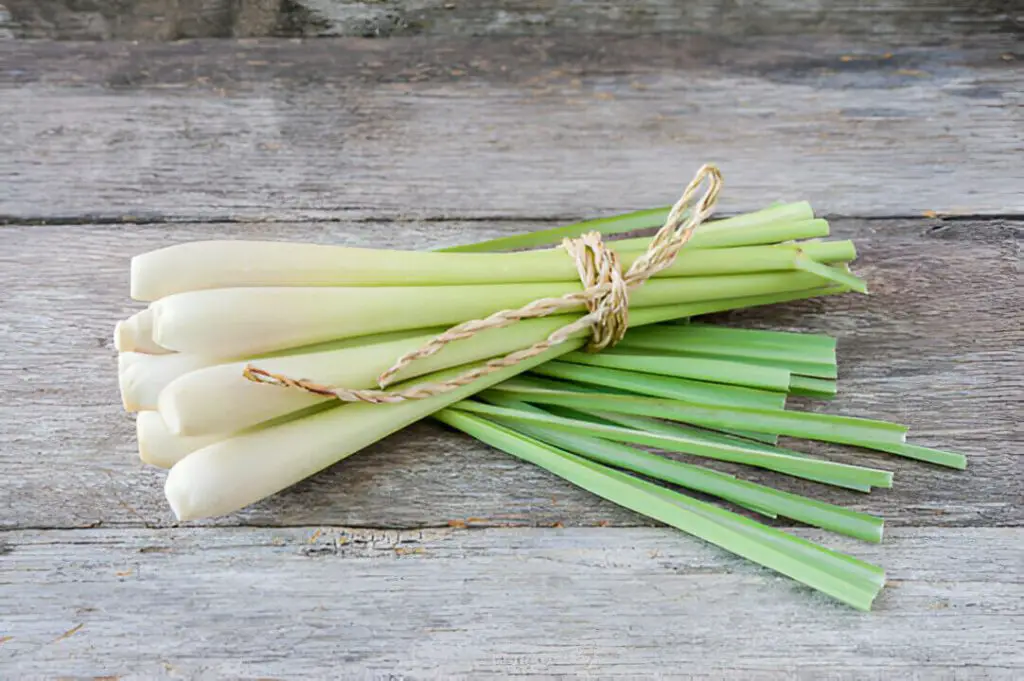
For those craving lemon thyme’s essence with a hint of the exotic, lemongrass brings the party. Its knobby stems conceal potent lemon and ginger oils that infuse food with Southeast Asian flare.
Before using, remove fibrous outer leaves and smash or mince the tender inner bulb and pale green portions. This releases maximum flavor into dishes. Lemongrass carries the same bright citrus zap as thyme, but with warmth from its subtropical cousin, ginger.
Perfect for curries, soups and stir fries, lemongrass also enhances seafood, meats and veggies with a sunshine-filled lift. Use a similar amount that you would lemon thyme, but take care not to overpower other ingredients with its intensity.
For simpler preparations, try lemongrass oil or powder. Just a drop imparts a powerful essence without fibrous preparation. Keep these on hand for infusing butter, dressings, rice and more at a moment’s notice.
While lemongrass won’t be a 1:1 swap, its zesty Thai flair makes a memorable stand-in that transports the palate somewhere new. Give it a whirl to spice things up when lemon thyme is out of reach.
6. Sage
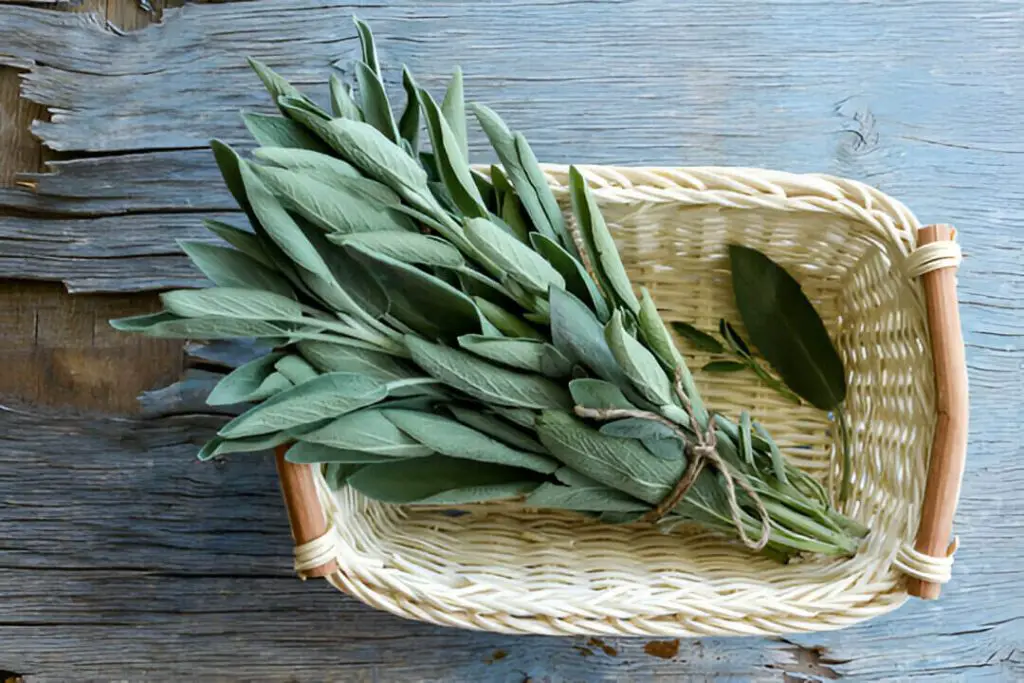
When recipes call for the brightness of lemon thyme but you’re in the mood for more robust flavors, reach for sage. With an herbaceous aroma and hint of citrus, sage lends complexity to rich meat and veggie preparations.
Compared to thyme’s subtlety, sage is bolder. Use it judiciously, starting with half the amount of lemon thyme and tasting as you go. Its woodsy essence stands up well to beef, pork and wild game.
Sage also brings out the best in winter squashes, mushrooms and roasted root vegetables with a balancing zing. For extra lemon lift, mix torn sage leaves with a pinch of zest before scattering over baked dishes during the last 15 minutes.
While sage won’t satiate a craving for lemon thyme’s sunshine quality on its own, paired with citrus, it complements hearty fall and winter comfort foods perfectly. Rely on its adaptability when craving those familiar flavors in heartier forms.
FAQs
Can I substitute other types of thyme for lemon thyme?
Regular thyme on its own won’t have that bright citrus pop, but combining it with lemon zest is a great lemon thyme substitute. Other thyme varieties, like lime or orange thyme, could work too if combined with their respective zests.
What can I use if I don’t have fresh lemons?
You can use lemon juice or dried lemon peel/zest as alternatives to fresh lemon. Start with smaller amounts and adjust to taste.
Will these substitutes work for baking as well as cooking?
Yes, most of the suggested lemon thyme substitutes, like thyme-zest mixtures, lemon verbena, or lemon balm, can be used in baked goods where you’d normally use lemon thyme. The flavors may be slightly different, but they will still add brightness.
Can I grow lemon thyme at home?
Yes, lemon thyme is fairly easy to grow in a container on a sunny patio or windowsill. Water when the top inch of soil is dry. Bring indoors before first frost. Cut back after flowering to encourage new growth.
How long will dried lemon thyme last?
Properly stored in an airtight container away from heat and light, dried lemon thyme will maintain flavor for 6–12 months. For the longest storage, refrigerate or freeze thyme bundles after drying.
What dishes is lemon thyme especially good for?
Lemon thyme shines in dishes where a bright citrus note really lifts the flavors, like chicken, fish, toasted breads, roasted vegetables, pasta salads, stuffings and marinades.
Can you substitute other citrus herbs like lime or orange thyme?
While they have different flavors, lime or orange thyme combined with their respective zests can work as substitutes for lemon thyme. Start with less since the flavors will be more potent.
How is lemon thyme different than regular thyme?
Lemon thyme has a brighter, citrusy flavor compared to the more earthy flavor of regular thyme. It contains higher levels of citral, which gives it its distinct lemony taste.
What parts of the plant can be used for lemon thyme?
Both the leaves and tiny flowers can be used. Pick the new growth from the tops of the stems. The stems are too woody but can be used to add flavor when cooking.
Is dried lemon thyme as good as fresh?
While fresh is best, dried lemon thyme is still very tasty and convenient to keep on hand. It has a more concentrated flavor so use half the amount of dried compared to fresh.
Can lemon thyme be frozen to preserve it?
Yes, lemon thyme can be blanched and frozen for several months. Remove leaves from stems, blanch 30 seconds, then freeze in a single layer on a tray before transferring to a bag.
How do I harvest lemon thyme?
Use scissors to snip off sprigs of new growth from the stems. Do this in the morning after the dew has dried. Be careful not to take more than 1/3 of the plant at once to allow for regrowth.
Conclusion
While nothing fully replaces the bright pop of fresh lemon thyme, with some creativity, these lemon thyme substitutes come pretty close. The key is balancing herbs, spices, and citrus elements to echo thyme’s distinctive sunny essence. With substitutes on hand, you’ll never need to despair over a missing ingredient or put recipes on hold.
Ultimately, don’t stress perfection; exploring new flavor combinations is part of the fun of cooking. So don’t be afraid to experiment with these lemon thyme substitutes and put your own spin on things. You just may discover an inspired creation even better than the original! Now get substituting and keep those bright, lemony vibes flowing all year long.
